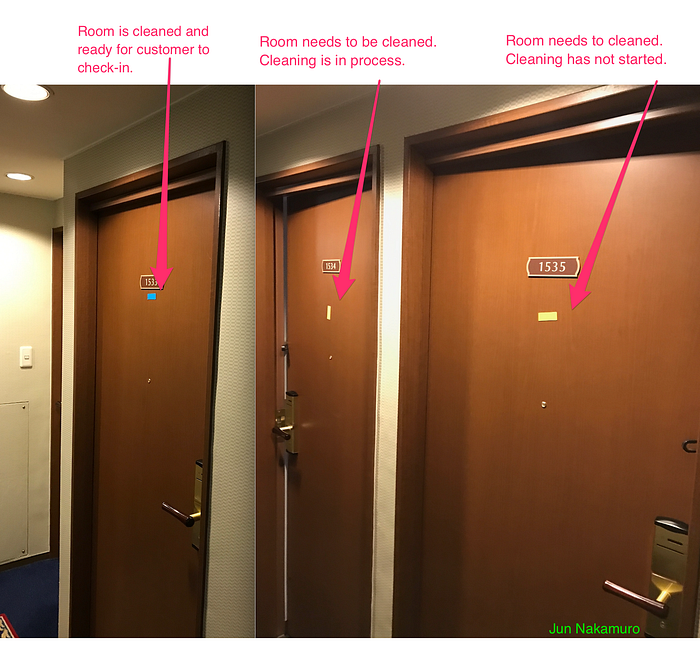
A Lean Approach to Agile Tools
You Don’t Need Tools to be Agile
In the kitchen, tools are essential for preparing a meal that doesn’t only taste good, but looks great. A sushi chef uses only the best knives. A cake in the right baking tin bakes perfectly. Smoothies can only be made with a blender, and mixing spices are so much easier with a mortal and pestle.
Tools are awesome. There’s no denying that. Sometimes it’s simply not possible to create a great meal without the right tools. The same is true in the software development industry. We need tools.
People working in the software development industry, more than anyone else, love tools and technology.
If it doesn’t excite you to see the power of technology and what can be done with it, you’re in the wrong industry.
Lean tools are agile, but agile tools aren’t always lean
But just because you can automate it, doesn’t mean you should. I’ve seen more examples of how tools inhibit team progress than what it enables them.
Form follows function. Tools follow process.
But what if your processes are always evolving, as indeed it should if you call yourself agile? Can and should you have any technology driving the process? Should you use an electronic whiteboard? Is it really more productive to automate the daily stand-up?
If you’re struggling with tool overload, ask yourself this one question.
Are individuals and interactions more important than processes and tools?
If the answer is no, re-evaluate whether you really do need the tool. Chances are that interactions between individuals are being impeded by the tools, making you less agile.
Automating the daily stand-up? Always a bad idea. Using an electronic white board? Mostly a bad idea unless it’s a remote team and it’s impossible to get everyone together. A workflow management tool? Sometimes helpful, sometimes not.
Not convinced?
The very successful teams at Crisp, and my favorite source of agile resources, manages to run complex projects relying on physical Kanban boards rather than tools, as they’ve documented in a book based on an actual project, so why wouldn’t you too?
Lean and agile both are about visualizing work and adapting to change incrementally. The tools don’t have to include technology, they are merely standardized systems allowing teams to be more productive. Continuous adaptation and change, or kaizen, are valued more than stable, or rather stagnant, processes.
Lean tools don’t have to involve any technology. The example posted by Jun Nakamuro on his LinkedIn profile below shows how the service industry in Japan uses lean to manage the cleaning of hotel rooms using color coded magnets — a perfect sample of an effective tool without any technology.

Image obtained from Jun Nakamuro’s LinkedIn profile.
If everyone doesn’t follow the system, however, it falls flat. The tools and systems are only as good as the people using them. It’s not the tools or systems that make you agile, it’s the teamwork and collaboration that dictates the success of the system.
The purpose of tools vs. the nature of agile
The only reason for having a tool is to make your life easier. It’s that simple.
If it doesn’t save you time and help you be more productive, it’s an impediment, not a tool.
Tools should help you do your work faster. They should help you make better decisions. The should save you time, and improve your collaboration. By doing the hard or boring work, they should free you up to be creative and come up with awesome solutions*.*
If your tools don’t improve collaboration, consider getting rid of them. It’s not the tools that make a company agile, it’s choosing the right tools for the job.
Conclusion
More than anything else, for a team to be agile, they need to work together as a coherent team. Each person has to speak as if from the same voice.
Jira doesn’t mean that you’re agile. Using Trello doesn’t mean you have a smooth workflow process. Using Slack doesn’t mean that your team is collaborating.
No tool in the world is going to make you agile when there is not a functional team driving it.
Sometimes, the most agile decision you can make is to get rid of the “agile” tools and focus on the relationships first. People matter more than tools.
Originally published on Medium: https://everydayagile.com/a-lean-approach-to-agile-tools-6523caf7dc43?gi=f933120ed3b2
